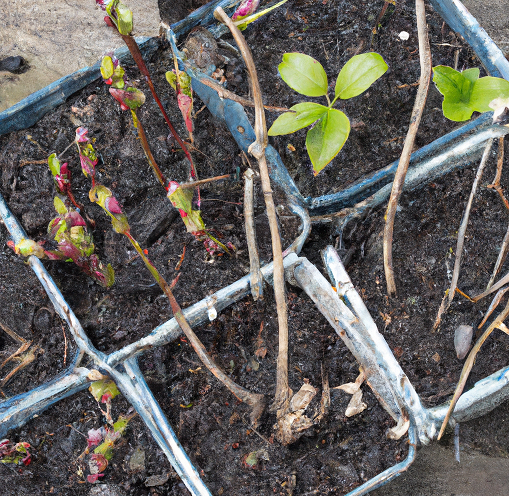Foraging and Propagating: A Guide to Locating Wild Fruits and Vegetables

Growing your own food is a fulfilling and rewarding experience, but sometimes the most delicious and flavorful sources of fruits and vegetables can be found in the wild. Whether you're looking to enhance your garden or start one from scratch, foraging for wild edibles and reproducing them in your own backyard is an ingenious and cost-effective way to obtain fresh produce. In this article, we will guide you through the intriguing process of discovering wild sources of fruits and vegetables and offer tips on how to cultivate them in your own backyard.
Finding Wild Fruits and Vegetables may seem like a daunting task: To locate wild edibles, you must take a stroll through local parks and forests where these untamed fruits and vegetables flourish, eagerly waiting to be plucked for free. You can discover an abundance of wild berries such as blackberries, raspberries, and blueberries, as well as edible plants like dandelions, ramps, and wild garlic. However, it is essential to do thorough research to identify the plants and fruits you come across and ensure that they are safe to eat before indulging in them.
Cultivating Wild Fruits and Vegetables demands effort and diligence: Once you have located some wild fruits and vegetables, the real challenge is reproducing them in your own backyard. The first step is to gather seeds or cuttings from the plants. While some plants, such as blackberries and raspberries, can be propagated by cutting a piece of the stem and planting it directly in the ground, others, such as strawberries, require more attention and can be propagated by collecting the runners and planting them in soil.

Another method of propagation is to collect the seeds from the fruits and vegetables and plant them in seed trays. Although this process may be laborious, it is an excellent way to start a larger crop of plants and can be an entertaining and educational activity for kids. Once the seeds have sprouted, they can be transplanted into larger pots or directly into the ground.
Harvesting Wild Fruits and Vegetables requires care and consideration: When it comes to harvesting wild edibles, it's crucial to do so sustainably. Only take what you need, leaving plenty for the animals and other foragers. Some plants, such as dandelions, can be harvested by picking the leaves and using them in salads or sautés, while others, such as wild garlic, can be harvested by digging up the bulbs. It is important to remember that the proper method of harvesting varies from plant to plant and requires careful consideration.
Foraging for wild edibles and cultivating them in your backyard is an exceptional way to supplement your food supply while also reconnecting with nature. However, it requires patience, dedication, and thorough research to ensure that you are consuming safe and edible fruits and vegetables. With a little effort and determination, you can transform your backyard into a thriving garden of wild fruits and vegetables that will tantalize your taste buds and nourish your body.
